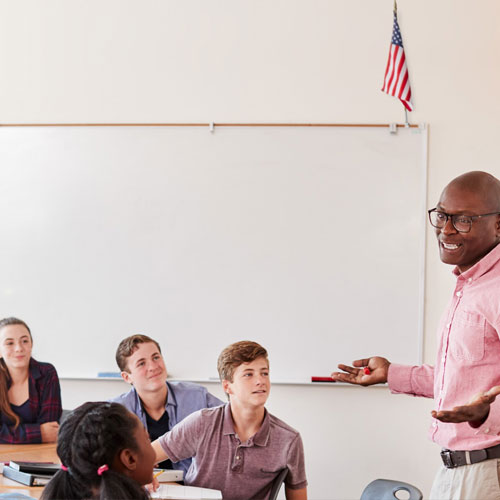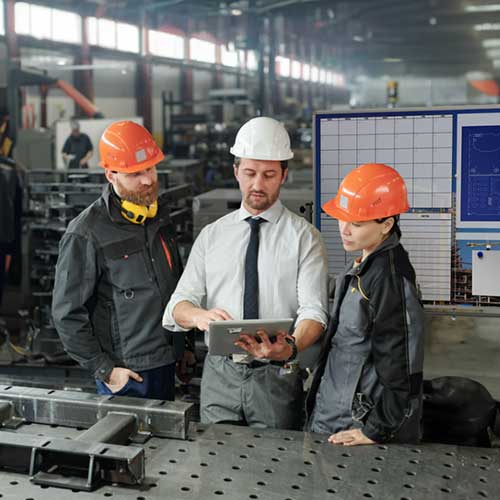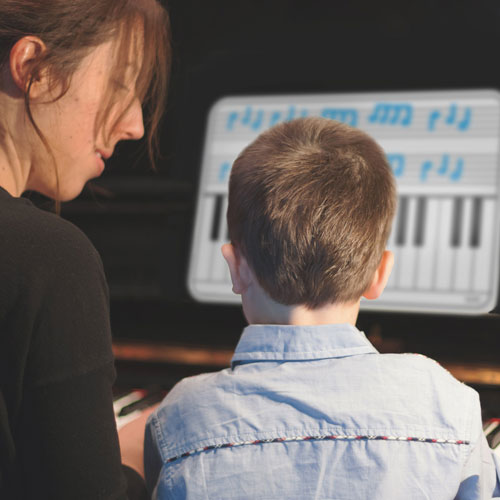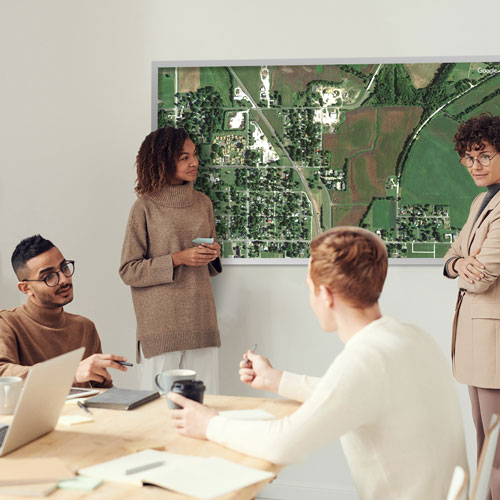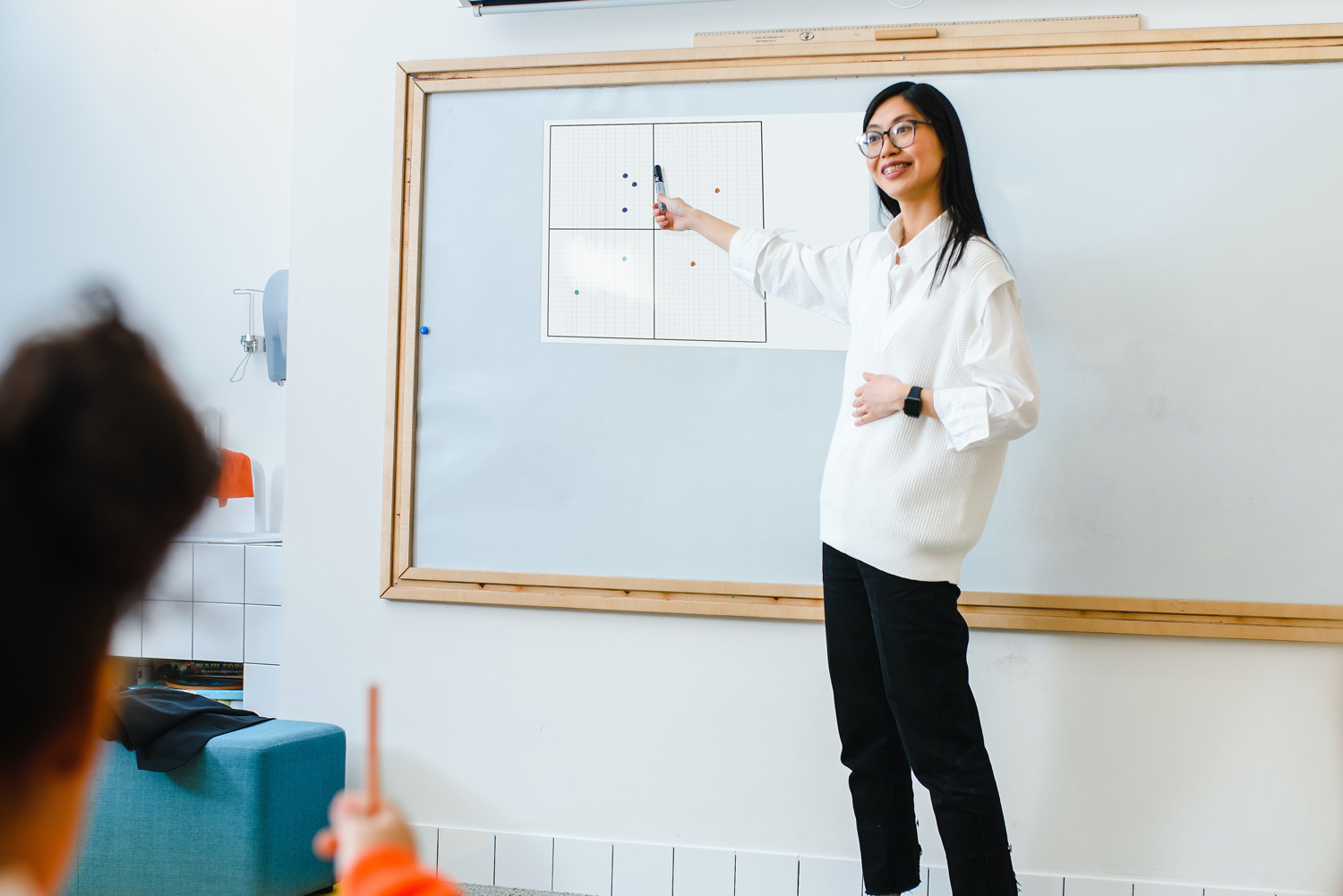
Technology has become integrated into everyday life in the 21st century, especially within our education system. The advent of technology has somewhat overshadowed traditional classroom instruction, but there are still some mainstays of the past that remain for a reason. One of classroom tools is traditional whiteboards for the classroom. There are many reasons why whiteboards should be present in a classroom, especially with the wide arrange of benefits that come with their use.
Mental and Physical Benefits of Traditional Whiteboards
The use of traditional whiteboards allows Vertical Learning to be accomplished in the classroom. “Vertical learning or vertical development is the evolution over the course of your lifetime of stages of consciousness. It is the ability to hold more and more complexity, to hold increasingly more perspective in your awareness.” (Dorian Akin) Vertical Learning is about transforming how people think, feel, and make sense of the world around them, allowing students to develop emotional intelligence and cognitive complexity through learning.
Traditional whiteboards don’t have all the bells and whistles that come with smart boards, but they have a more direct and traditional learning experience. Whiteboards allow children to experience Vertical Learning through visualizing the physical zones. According to one Edutopia article, establishing such zones is the first step in creating a thriving 21st-century classroom. 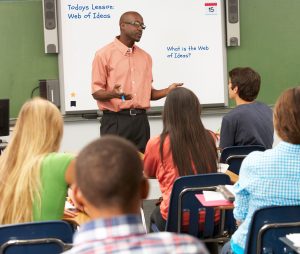
Completing activities on a Vertical surface helps students understand their spatial and body awareness. Younger students, in this instance, can learn their lefts, rights, up, down, highs, and lows through different lessons presented to them. In comparison, older students will begin to gain body control and confidence in front of their peers, something that will improve their abilities later in life.
The physical act of getting up from a seat and writing on the whiteboard engages the mind and body; movement engages alertness and triggers memory in the learning process. Movement allows students to refocus and strengthen their ability to pay attention, reports “The Kinesthetic Classroom: Teaching and learning through movement.”
Whiteboards in learning allow students to engage multiple senses and create a prosperous educational environment. Active student engagement increases memory and recall in students. “Written or spoken information paired with visual information results in better recall.” -American Psychologist and author Louis Cozolino.
Development of Motor Skills
When working with younger children, Whiteboards can be an excellent opportunity to engage students in practicing and improving their fine motor skills. Fine motor skills are developed first through large movements, such as drawings or shapes. They soon move on to fine motor movements such as letters or numbers. Having young children or students work on vertical surfaces helps support the students’ progress towards dexterity and control.
These simple activities can be completed through classroom activities such as drawings, games, or interactive magnets. Depending on your classroom preferences, these can be completed on a large whiteboard or small individual lapboards.
Group Collaboration
Group collaboration is an essential part of education; the principles of working together, collaboration, teamwork, and problem-solving are critical to learning at a young age.
Whiteboards allow information to be shared or displayed in a large classroom, encouraging collaborative learning. Whiteboards being spread across the classroom allow for spontaneous sharing, learning, and assessment of students, along with the ability to focus on smaller groups at a time or those who need extra attention. Along with having a centralized whiteboard in the classroom, having multiple whiteboards allows for expanding teaching abilities.
Digital Breaks in the Classroom
Living in the 21st century means that we are constantly surrounded by technology. Having non-technical teaching segments allows digital breaks in the classroom. These breaks allow for imagination, enhanced learning, and a complete focus on thriving within the classroom. Digital breaks provide children with digital breaks to enjoy the fun of the traditional classroom whiteboards.
Looking to Shop for Whiteboards and Accessories?
Click Here: MyWhiteBoards.com
Why Choose OptiMA?
We are a small business making our products in the USA. We specialize in dry erase boards, dry erase wallcoverings, portable dry erase units, high-quality custom printed whiteboards, fast shipping, and five-star customer service. Over the last three decades, we've worked hard to deliver industrial quality whiteboard solutions that won't break customers' budgets.
Sources:
- Wade, Mary. “Visualizing 21st-Century Classroom Design.” Edutopia, George Lucas Educational Foundation, 29 Mar. 2016, https://www.edutopia.org/blog/visualizing-21st-century-classroom-design mary-wade.
- Lengel, Traci, and Mike Kuczala. The Kinesthetic Classroom: Teaching and Learning Through Movement. Thousand Oaks: Corwin Press, 2010. Print.
- “What Is Vertical Learning?” Dorrian Aiken, 10 Mar. 2019, https://dorrianaiken.co.za/2019/03/10/what-is-vertical-learning-2/.


